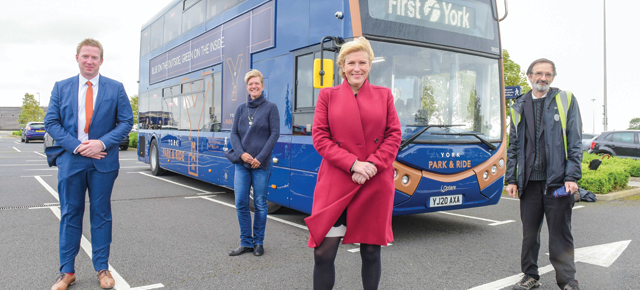Local authorities must produce ‘ambitious’ Bus Service Improvement Plans or ‘we will go back to them and say it is not good enough’, minister warns

Local transport authorities in England have been warned not to treat Bus Service Improvement Plans as a “tick-box exercise”.
The National Bus Strategy for England commits local transport authorities to working with bus operators to produce BSIPs by October. Concerns have been raised that some LTAs have a long history of overlooking buses while others lack necessary resources.
Fielding questions from MPs on the Transport Select Committee last week, buses minister Baroness Vere was asked what she would do if LTAs submitted poor BSIPs.
It is very clear to us that they have to be ambitious. We are looking for interventions and infrastructure. We will be looking for improvements and reliability
“It is very clear to us that they have to be ambitious,” she said. “We are looking for interventions and infrastructure. We will be looking for improvements and reliability. We will go back to them and say it is not good enough, and if it is not good enough they will not be getting the funding that they ask for.”
Elaborating on what is expected, Stephen Fidler, the Department for Transport’s director for local transport, said: “The things that we have clearly said we want to see are targets, so that we can see whether a difference is being made. That is around journey time and reliability, bus speeds and the interventions that the highways authorities can take. Importantly, it is around customer satisfaction. It is around growing patronage.”
Vere pointed out that extra funding was available for “those that I call my recalcitrant local authorities”. She said she wanted “places like Cheshire East, Windsor and Maidenhead, and Rutland, where there are very low levels of passenger ridership” to learn from places where strong partnerships have built bus use.
This article appears alongside further coverage in the latest issue of Passenger Transport.
DON’T MISS OUT – GET YOUR COPY! – click here to subscribe!







